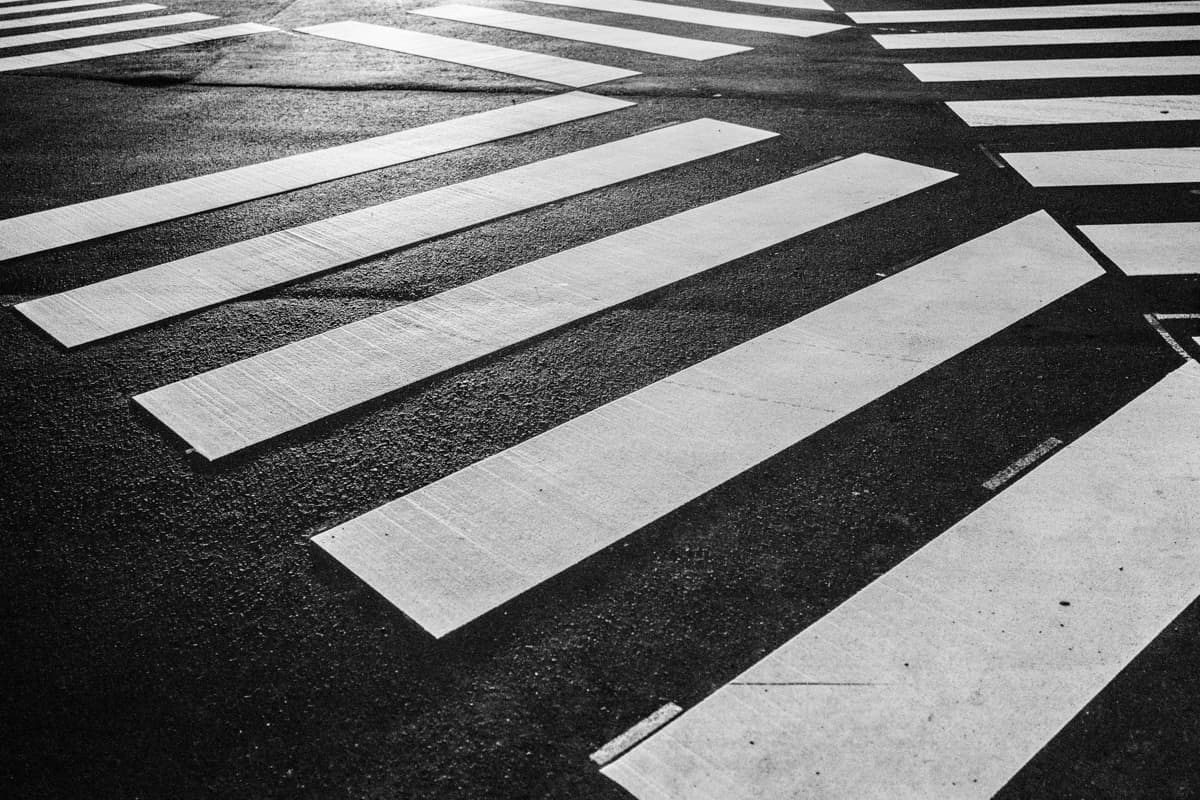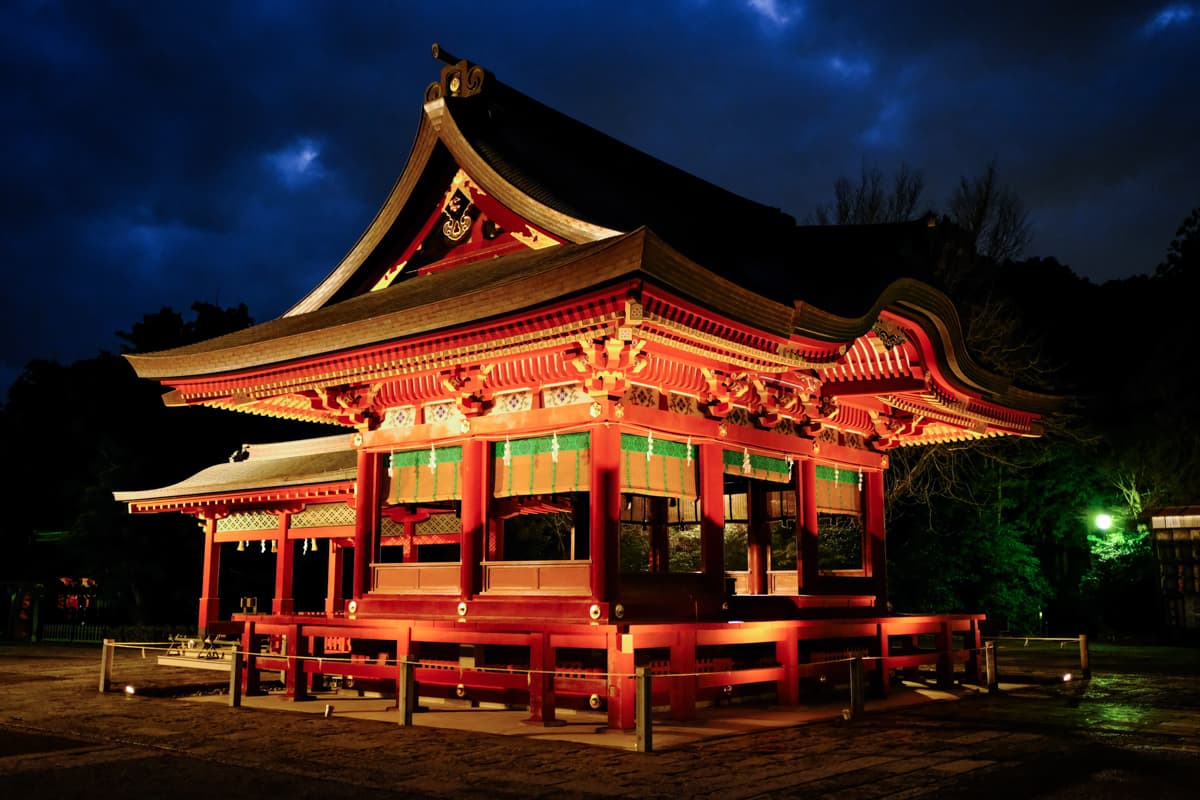Fujifilm XF23mm f/2 R WR review: Introduction
Fujifilm users who fancy a fast wide-angle prime offering a 35mm equivalent focal length had a fairly easy decision to make in the past.
The Fujinon 23mm f/1.4 XF R was the only lens of its focal length in the company’s Fujinon X-Mount lens lineup and has been the first choice for landscape, travel, street, reportage and documentary photographers. As good as the lens is, it comes with quite a thickset barrel and is one of the larger primes Fujifilm produces for its X-series cameras.
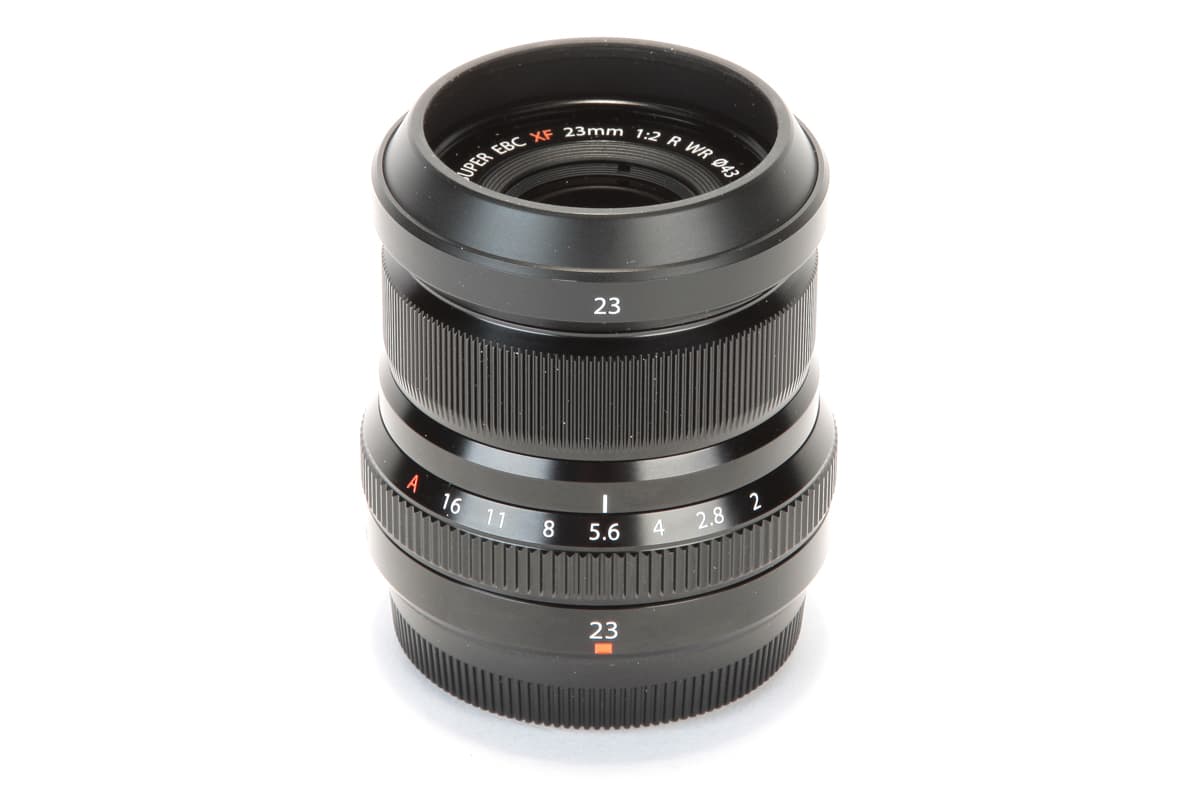
The Fujinon 23mm f/1.4 XF R with supplied hood attached
To compliment the small, lightweight feel of cameras like the X-Pro2, X-T2 and X-T20, Fujifilm has developed a range of smaller f/2 primes to sit alongside their f/1.4 counterparts. The first of these to arrive was the XF 35mm f/2 R WR – a smaller, weather sealed alternative to the XF 35mm f/1.4 R. This has since been joined by the 23mm f/2R WR XF, a lens that shares similarities to the XF 35mm f/2 R WR and presents £300 saving over the older Fujinon 23mm f/1.4 XF R.
When we reviewed the XF 35mm f/2 R WR we came to the conclusion that unless you really need the extra stop the XF 35mm f/1.4 R provides, there’s no major benefit to be had from choosing the larger alternative. Keen to find out if the same can be said for the 23mm f/2R WR XF, we subjected it to some rigorous real-world testing.
Fujifilm XF23mm f/2 R WR review: Features
The 23mm f/2R WR XF is the widest lens in Fujifilm’s current series of f/2 primes and costs £30 less than the new Fujifilm 50mm f/2 R WR XF, but £70 more than the XF 35mm f/2 R WR. Some photographers might tell you a lens that’s equivalent to 50mm is the best prime you can pack in your bag, but a lens that offers a focal length equivalent to 35mm is incredibly versatile and can be used in wide variety of different situations to capture a range of subjects. What I particularly love about using a 35mm prime is the way it forces me to interact more with what I’m photographing and think carefully about the composition and readjusting using our feet.
Although the lens we’re looking at is a stop slower than the older Fujinon 23mm f/1.4 XF R, there are benefits to be had from manufacturing the front element smaller and limiting the maximum aperture to f/2. Most significant is its compact size – something that has been achieved by developing a new optical formula, which sees ten glass elements arranged in six groups. Two of the ten elements are the aspherical type and feature as part of the focusing group in an effort to minimize performance fluctuations between different focal distances. The optical construction isn’t as complex as the eleven elements in eight group arrangement as found within the Fujinon 23mm f/1.4 XF R, but it does feature nine aperture blades as opposed to seven, so you can expect it to render attractive, spherical bokeh at wide apertures.
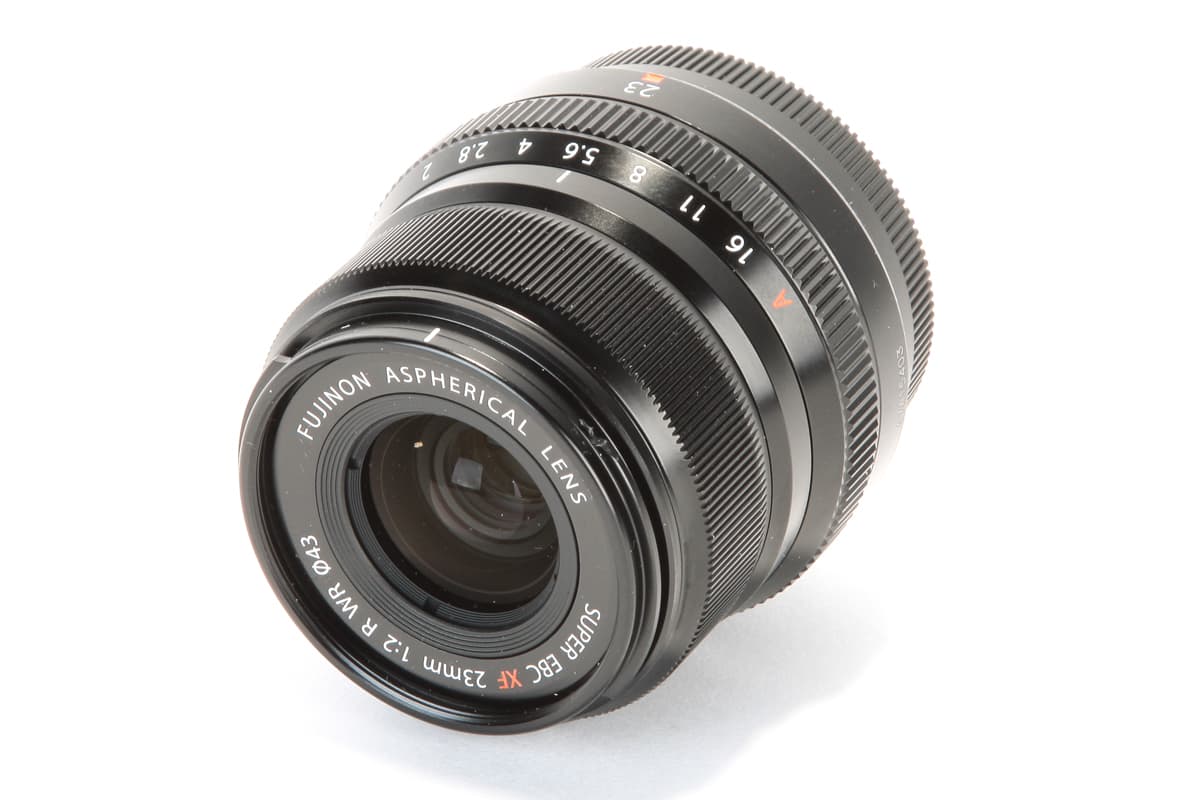
The Fujinon 23mm f/2 R WR XF is similar in design to the Fujinon XF 35mm f/2 R WR
You’ve probably picked up on the fact that the lens has the abbreviation WR in its name. This indicates that it’s one of Fujifilm’s weather-resistant lenses. Unlike the more expensive 23mm f/1.4 XF R that doesn’t feature weather sealing, this optic can be used in wet, dusty, or humid environments at temperatures as low as -10°C. Weather sealing can often be taken for granted. What we shouldn’t forget is that it gives us the reassurance we need to keep shooting when going gets tough and can sometimes be the difference between keeping our camera out and getting a shot and having to stow it away for the fear that it might get damaged
The lens’s internal focusing system prevents the front element from shifting back and fourth and you’ll find it accepts filters and adapters via a 43mm thread. This is the same size thread as that found on the XF 35mm f/2 R WR. The other thing to consider is that filters and adapters will be cheaper than those you buy to fit the larger 62mm filter thread on the Fujinon 23mm f/1.4 XF R. Whereas the older but faster 23mm f/1.4 XF R has a minimum focus distance of 28cm, this lens lets you focus slightly closer to within 22cm of a subject.
Fujifilm XF23mm f/2 R WR review: Build & Handling
The saving you make choosing this lens ahead of the Fujifilm 23mm f/1.4 XF R might suggest you have to make some compromises in terms of its build quality. The good news is that this isn’t the case and for the money you spend you’ll receive a lens that’s constructed to an exceptionally high standard. Put it up against the XF 35mm you can clearly see where this lens takes its inspiration from – it even has the same difference in diameter between the rear and the front of the lens resulting in the aperture ring being slightly larger than the manual focus ring in front.
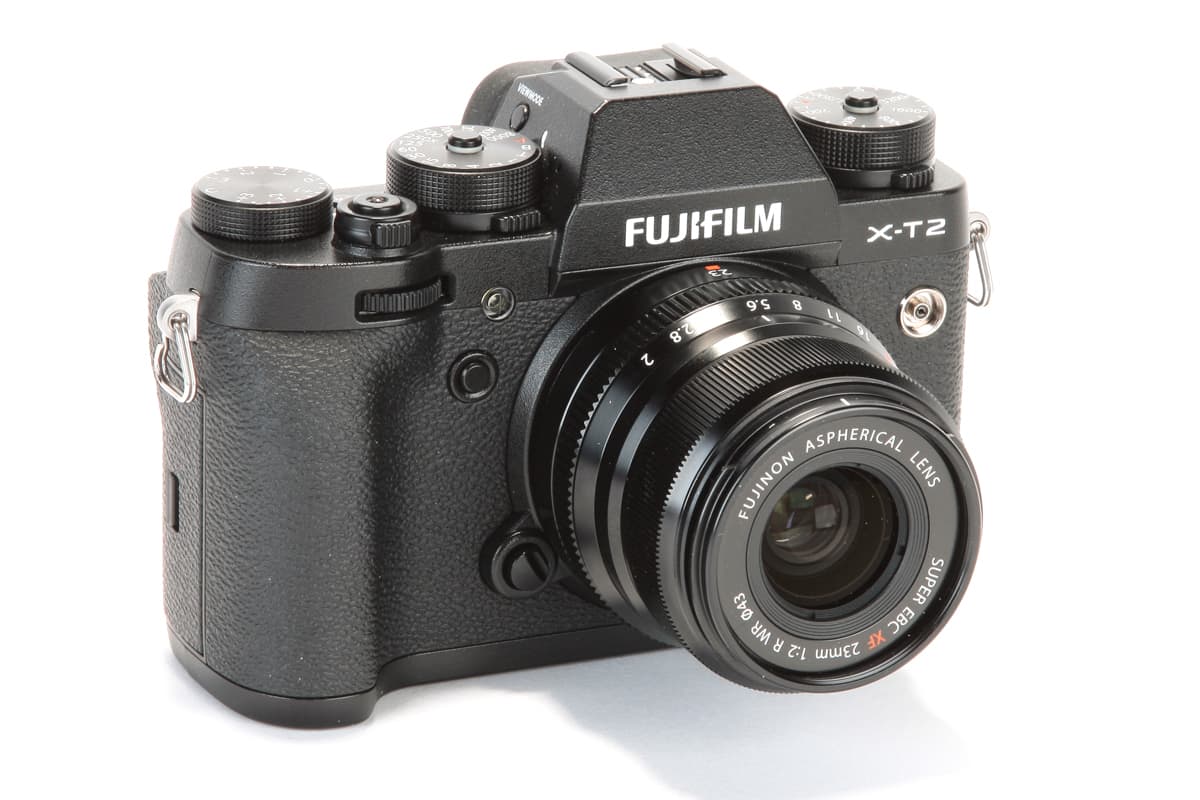
The Fujinon 23mm f/2 R WR XF is an ideal match for Fujifilm’s small mirrorless cameras
Whereas the XF 35mm f/2 R WR is quite a short and stubby lens, this optic is a little longer. It’s not as long or as thickset as the 23mm f/1.4 XF R, and by making it more compact there are weight gains to be had too. The older 23mm f/1.4 XF R wasn’t a particularly heavy lens at 300g, but this lens manages to shed 120g off it to bring it under 200g. Unlike its senior relative you don’t get the option to snap the manual focus ring back to engage manual focus and there are no focus distance markings on the barrel. The only markings you do get are those on the aperture ring, which clicks through its range in 1/3-stop increments and offers firmer resistance than the 23mm f/1.4 XF R when it’s turned.

The WR abbreviation in its name indicates that it’s one of Fujifilm’s weather-resistant lenses
The resistance of the manual focus ring is similar to before, albeit a fraction smoother and more fluid. One possible explanation for the improved feel of both the aperture and manual focus rings is the addition of internal weather seals. When you uncouple the lens from the camera you’ll also notice a rubber ring at the rear that effectively seals it against the metal lens mount.
To shade the front element and prevent lens flare causing issues it’s supplied with a small plastic hood that twists on to the front. Alternatively, it can be used with the vented metal hood (LH-XF35-2), which is also compatible with the XF 35mm f/2 R WR and costs £49. Our review sample of the lens was supplied in black, but those who chose their camera in a silver finish will be pleased to know that it’s available in silver to match.
Fujifilm XF23mm f/2 R WR review: Autofocus
Unlike its big brother that is known for making some pesky whirring noises as it goes about its business of focusing, this newer lens is much quieter. Not only is it quieter, it’s faster too. The inner-focus AF system uses a stepping motor to drive the focusing elements and when it’s combined with the phase detection AF system of Fujifilm X-Pro2, X-T2 or X-T20, the lens can acquire focus in as fast as 0.05 seconds. When we tested the lens with an X-T2 and X-T20 and then switched back to using the 23mm f/1.4 XF R, there was no question that this newer lens is the faster of the two.
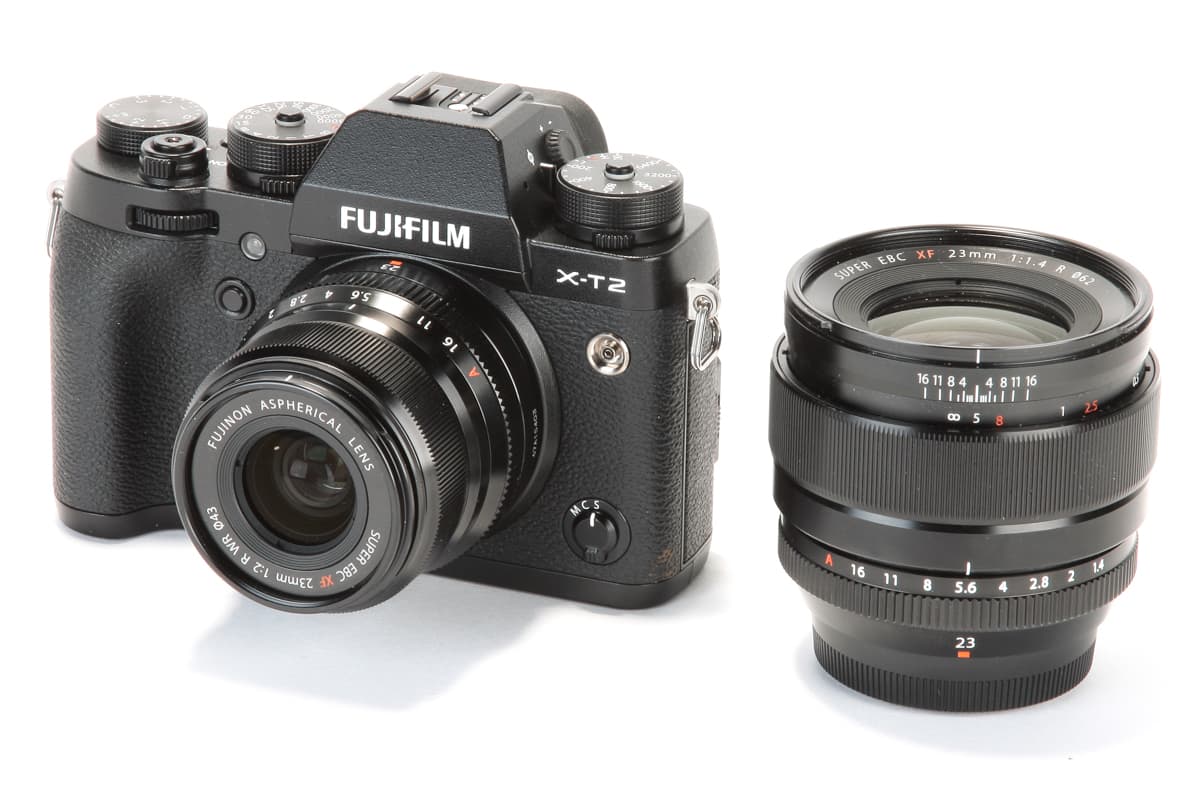
The Fujinon 23mm f/2 R WR XF focuses faster and quieter than the Fujinon 23mm f/1.4 XF R
Fujifilm XF23mm f/2 R WR review: Image Quality
The question many Fujifilm X-series users want to know the answer to is how well this new lens performs up against the 23mm f/1.4 XF R.
To find out we took a series of comparison shots at the coast with both lenses set to the same aperture. An early inspection of our images told us that XF 23mm f/2 R WR was producing fractionally sharper results in the centre at f/4 than those captured with our three-year old sample of the 23mm f/1.4 XF R. Further testing throughout the day at different aperture settings confirmed the results we were getting with this newer lens were indeed fractionally sharper, as illustrated in the magnified view of the image above.
Back at the studio we analyzed our lab tests to double-check these matched our real-world findings, which they did. The level of sharpness the lens resolves at the edge of the frame and in the centre is almost identical at f/2. Sharpness in the centre of the frame improves when the aperture is closed down and peaks between f/4 and f/5.6. Corner sharpness also gets better when you stop the lens down from f/2 and reaches its optimum at around f/5.6. To locate the sweet spot between centre and corner sharpness on this lens you’ll want to use it at either f/4 or f/5.6. The impact of diffraction does soften overall sharpness a little – most obvious when the lens is used at its minimum aperture of f/16.
Our tests also show that the corners appear approximately 0.5EV darker than the centre at f/2 – a fraction more than 0.4EV figure we recorded on the 23mm f/1.4 XF R at its maximum aperture. Vignetting can be traced at f/2.8, however it’s not overly offensive. By the time you stop down to f/4 you’ll notice the corners appear no darker than the centre. Chromatic abberations are handled well by the lens, with only minor fringing observed along some high-contrast edges.
A close inspection of our distortion chart reveals that it handles distortion admirably much like the older 23mm f/1.4 XF R. The amount of barrel distortion is so negligible you won’t be aware of it in real-world shots, with the camera’s in-camera processing correcting it automatically in JPEG files. Unlike some other manufacturers, Fujifilm delivers the correction for raw files via lens-specific metadata. This is accessed automatically by the Raw converter you use to correct or mitigate common optical phenomena. It’s the reason you won’t find Fujifilm lenses listed under lens profiles.
Fujifilm XF23mm f/2 R WR review: Resolution, shading and curvilinear distortion
Resolution
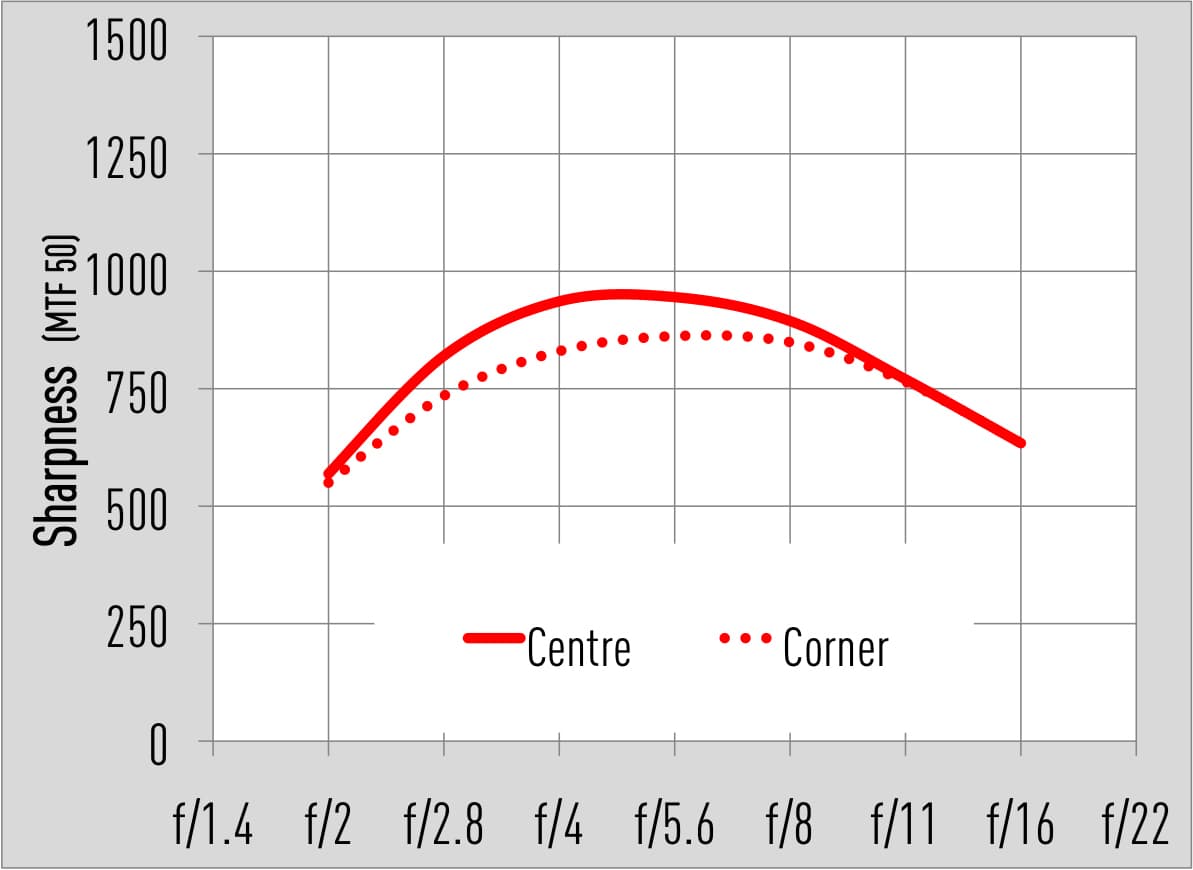
MTF chart at f/2
The lens gets gradually sharper at the centre and the edge of the frame as it’s closed down from its maximum aperture of f/2. The graph clearly illustrates the centre sharpness peaks between f/4 and f/5.6, with the edge sharpness reaching its optimum around f/5.6-f/8. To shoot in what’s best known as the ‘sweet spot’ of the aperture range where you’ll resolve the finest level of sharpness from the centre to the edge, it’s recommended to use it at f/5.6.
Shading
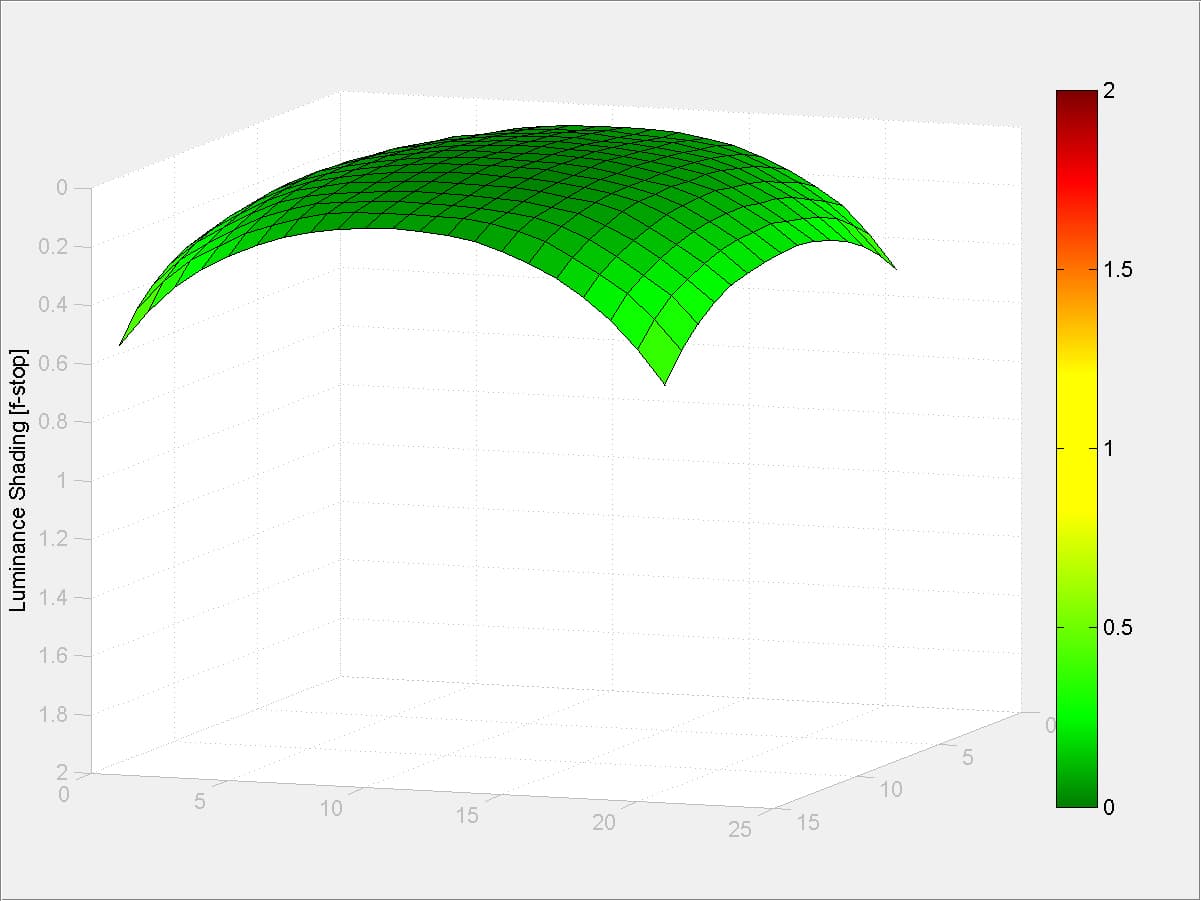
Corner shading – f/2
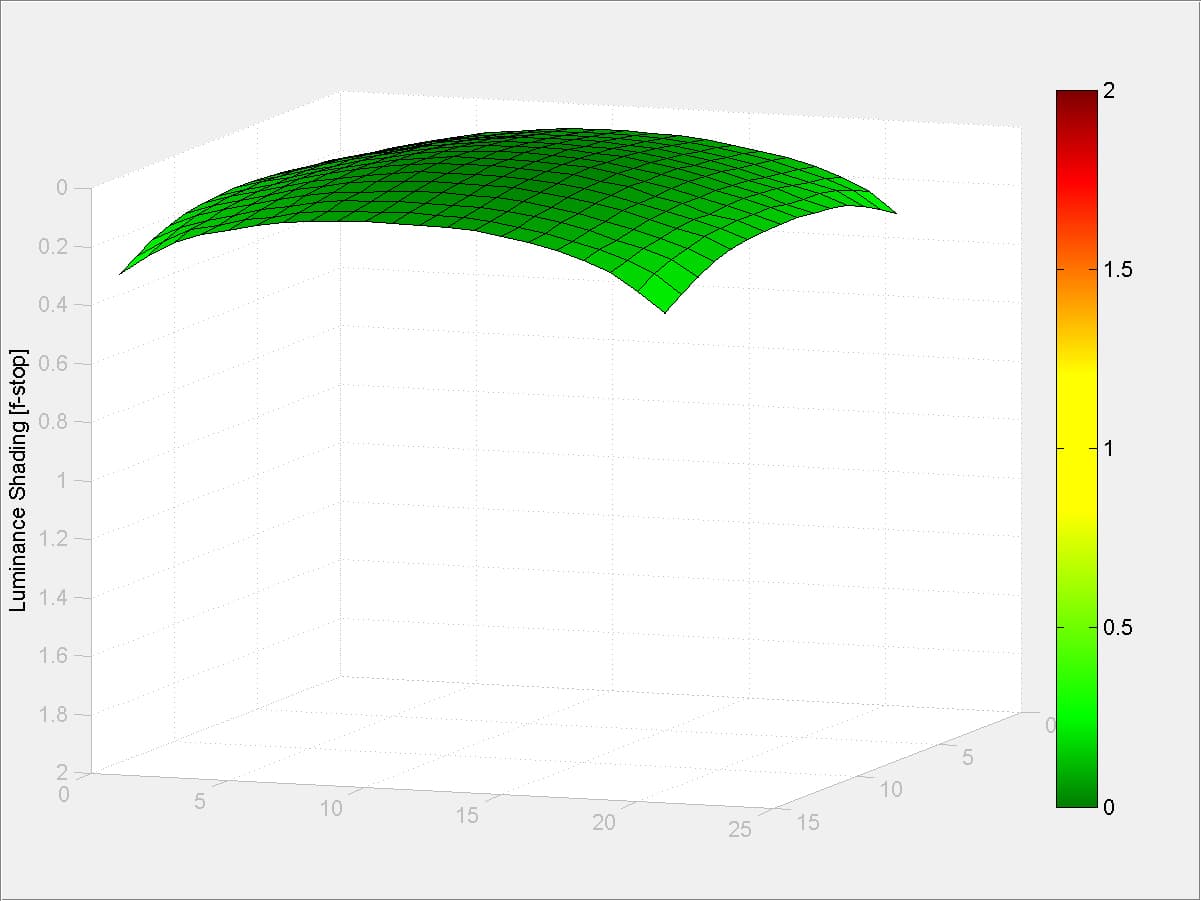
Corner shading – f/2.8
Vignetting is apparent in images taken at f/2, with corners appearing approximately 0.5EV darker than the centre of the frame. Corner shading does improve by stopping the lens down to f/2.8 and by the time you reach f/4 the edges are barely any darker than the centre. The vignetting correction that’s build into the raw file metadata did a admirable job of correcting corner shading on our raw files when processing through Adobe Lightroom CC.
Curvilinear Distortion
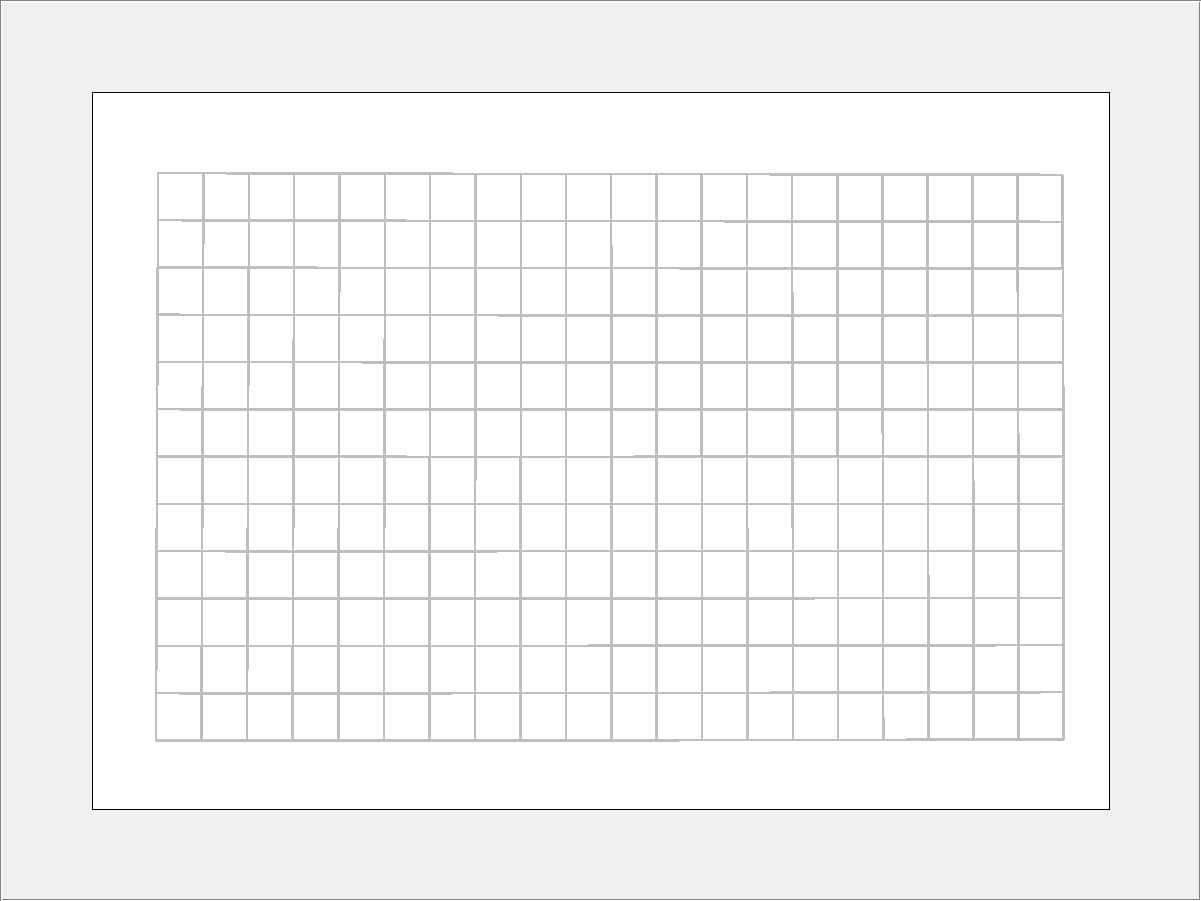
0.2% TV SMIA
Thanks to Fujifilm’s integration of software distortion correction (SDC), users can expect well corrected JPEG and raw format files with virtually no curvilinear distortion. If you’d like to take full control over how much digital metadata distortion is applied, you’ll need to use software that allow you to do this – Iridient Developer and Capture One being two examples.
Fujifilm XF23mm f/2 R WR review: Verdict
Those who wanted Fujifilm to make a series of smaller primes to compliment their larger and faster alternatives in the Fujinon range have had their wish come true. We knew that if the 23mm f/2R WR XF followed in the footsteps of the much-loved XF 35mm f/2 R WR, we’d be looking at another great lens, which this is. It’s diminutive proportions make it easier to carry and stow away when you’re wanting to travel light and it pairs up just as well with smaller camera bodies like the X-T20 as it does with Fujifilm’s senior X-T2 and X-Pro2 models.
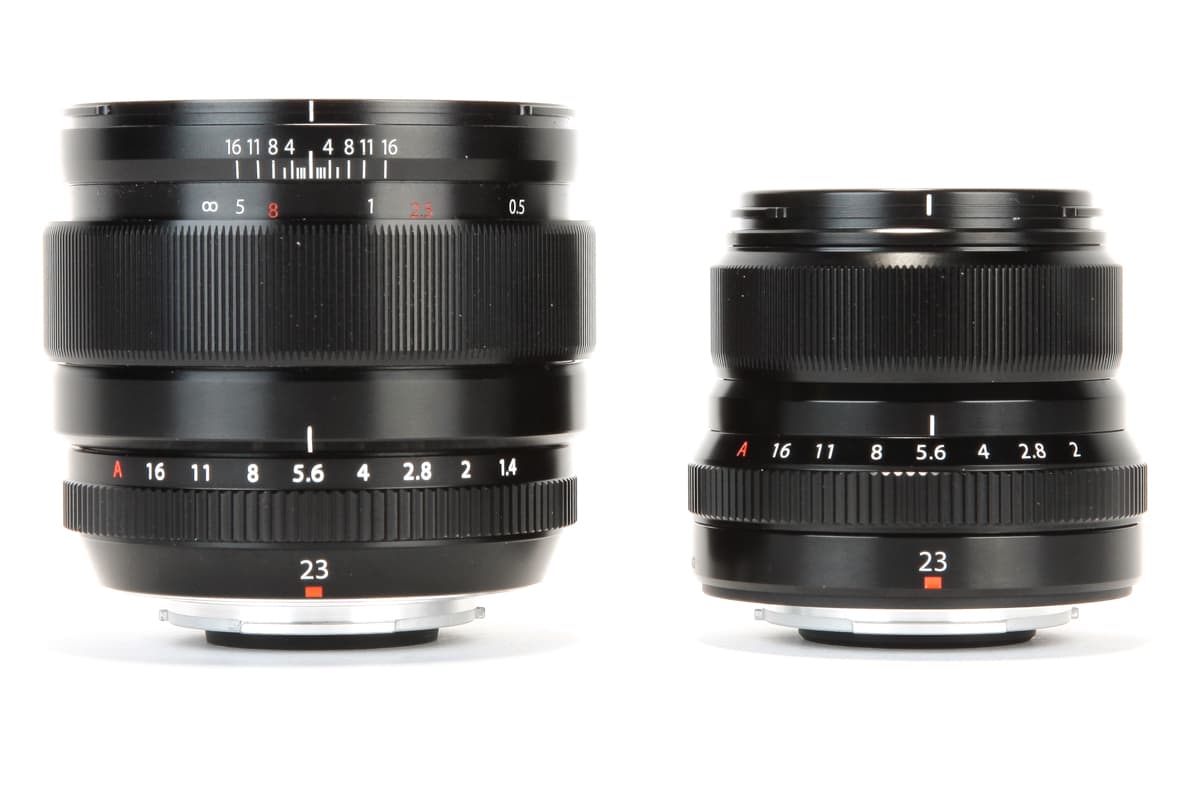
The Fujinon 23mm f/1.4 XF R (left) and newer Fujinon 23mm f/2 R WR XF (right)
After using this lens extensively in the field alongside the 23mm f/1.4 XF R, I have got attuned to the way it focuses faster and quieter, and like the extra reassurance you get from knowing it’s weather sealed. I must say I prefer it to the 23mm f/1.4 XF R and particularly like the idea of being able to buy it with the 35mm f/2 R WR for the same money you’d spend for the 23mm f/1.4 XF R. Those who settle for it won’t be disappointed by its build quality or performance. This now leaves us to test the new 50mm f/2 R WR XF lens, which we’re expecting to arrive with us any day now.






